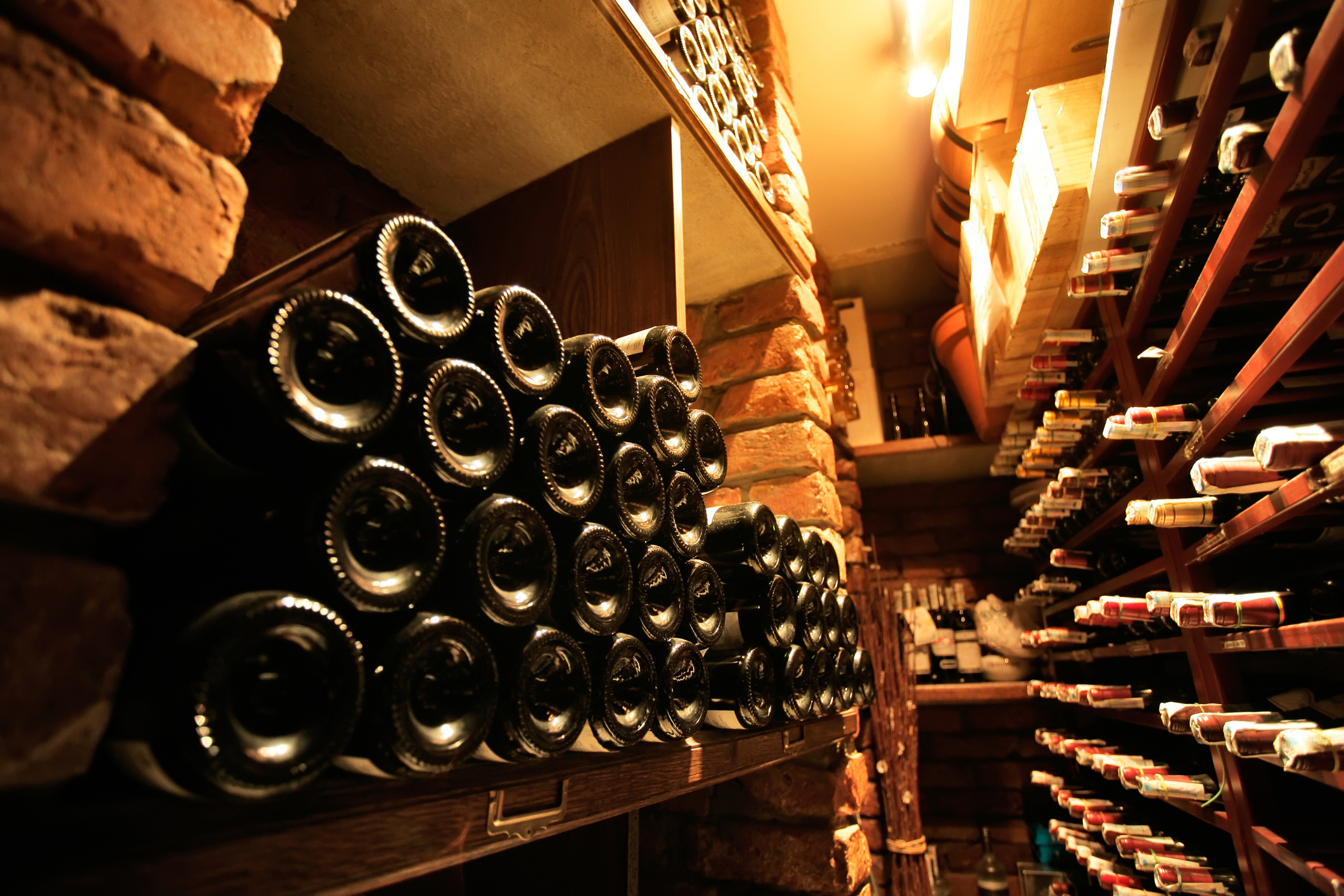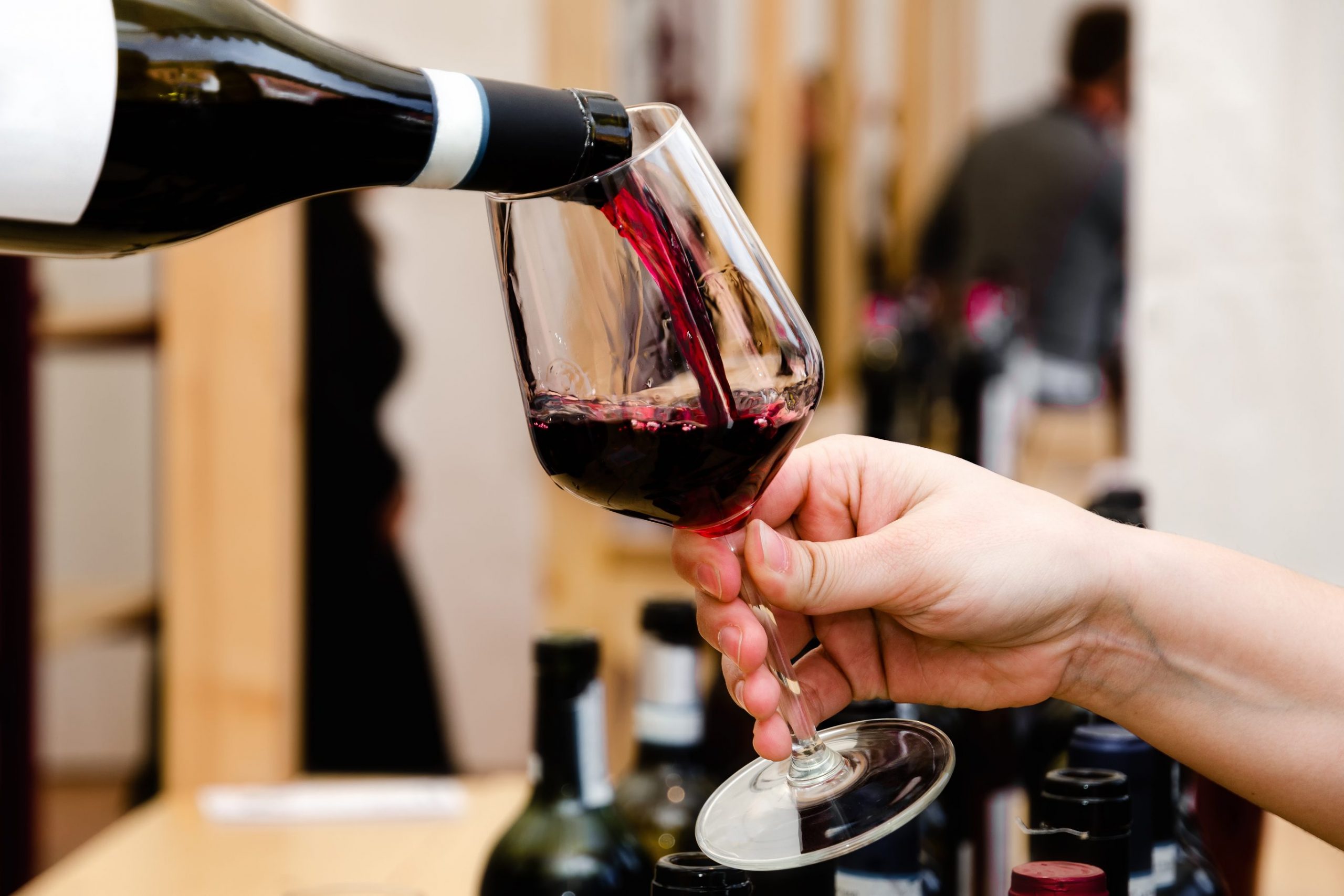“When I wrote the book,” explained wine merchant Kermit Lynch, “I thought the oenologists were going to take over.”
We were chatting about Adventures on the Wine Route, Lynch’s seminal tour of France that can be found on every wine enthusiast’s bookshelf. When the book was released in 1988, Lynch feared that “old-style wines” — artisanal projects that expressed a sense of place — were on their way out, so he launched a crusade to educate his “clients to the diversity and virtue of those wines.”
Lynch entered the wine industry in 1972. A struggling musician, Lynch had been paying his bills by fashioning purses out of rug scraps. That business wasn’t personally fulfilling, so when a suitor came knocking, he sold, using the proceeds to spend four months in Europe.
Lynch came back from Europe with a passion for wine, but wasn’t able to find a job in the industry. So his girlfriend lent him $5,000 to open up a wine shop in Albany, California. Lynch soon became a distributor and importer, as well, and relocated to Berkeley in the early 1980s.
It’s fitting that Lynch moved to Berkeley. The site of so much ferment, it’s a logical place to spearhead a wine revolution. And that’s the only way to describe Lynch’s efforts. He transformed America’s wine scene.
By the time Adventures on the Wine Route hit bookstores, Lynch had gained a dedicated, national following. Unlike other merchants, Lynch’s portfolio was focused — he assured his customers that he’d tasted and enjoyed every wine on offer. He was obsessed with authenticity, happy to criticize producers who churned out industrialized, soulless wines. He brought attention to unheralded wine regions. And he mocked blind tastings as “spurious and misleading.”
As he wrote in the introduction to his book, “Such tasting conditions have nothing to do with the conditions under which the wines will presumably be drunk, which is at table, with food. When a woman chooses a hat, she does not put it on a goat’s head to judge it; she puts it on her own.”
Lynch spread this gospel across the country through regular newsletters. He spoke about wine comfortably and sought to make it approachable, convinced that “those who would make it ponderous make it dull.”
Lynch inspired many imitators and changed the way Americans purchase wine. These days, if you walk into any good wine shop and watch how the geekiest consumers select wine, you’ll undoubtedly see people flipping bottles over to check import label. These savvy shoppers know that in addition to Lynch, they can rely on importers like Neal Rosenthal, Louis/Dressner, Terry Theise, Peter Weygandt, and others to bring in good wine.
One could even argue that Lynch helped save wine from itself. By proving that the American market was thirsty for traditional wines from the back roads of France, Lynch helped stave off the industrialization of wine.
During our chat, Lynch was too humble to take credit for any of this. But even though he still worries about the ascension of so-called “pop” wines — heavy, oak-soaked concoctions designed for mass appeal — he’ll admit that his crusade has succeeded beyond his wildest expectations.
“When you go to New York,” he said, “look at the wine lists today and the inventories in the wine shops. Gosh, it’s amazing! Wines from all over the world, regions all over the world, grape varieties you’ve never heard of, little domains that you’ve never heard.”
The 25th anniversary edition of Lynch’s book was published this month. It’s still as relevant as ever and an absolute pleasure to read.
David White is the founder and editor of Terroirist.com, which was named “Best Overall Wine Blog” at the 2013 Wine Blog Awards. His columns are housed at Palate Press: The Online Wine Magazine.






























